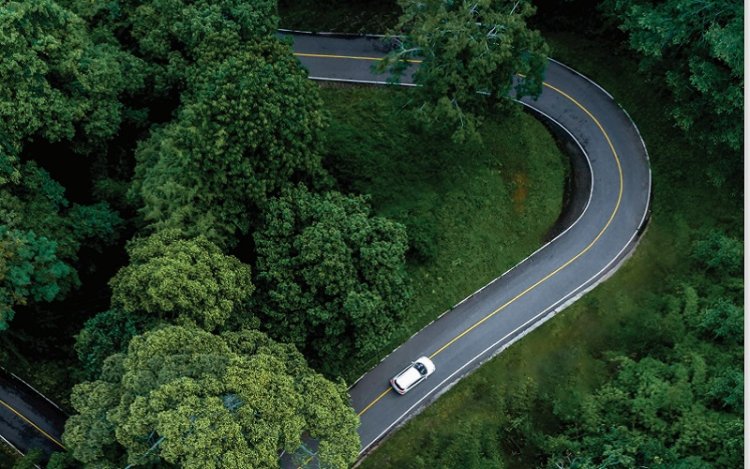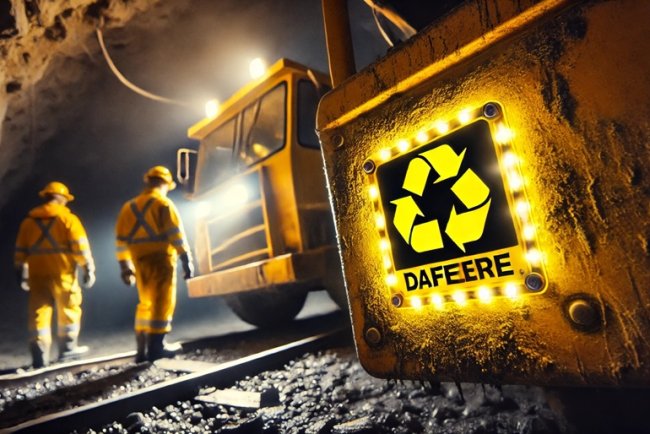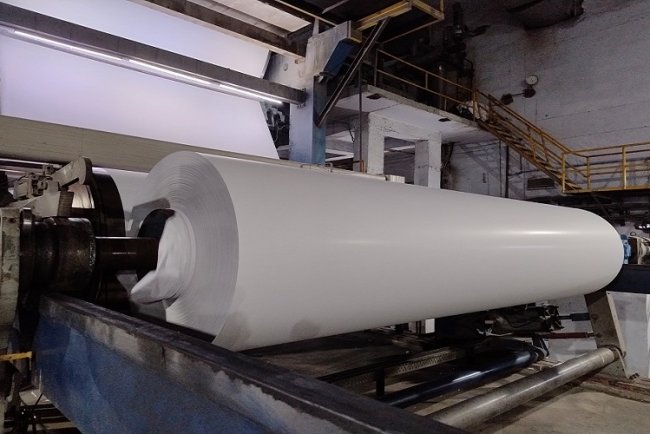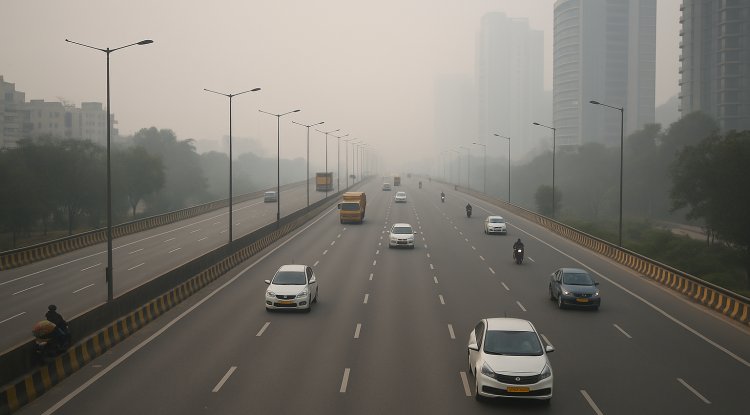How The ELV Policy Could Redefine India’s Waste Economy In 2026
By 2026, the ELV policy can help turn vehicle waste into a closed loop: metals, parts, and batteries are recovered, refurbished, and fed back into production instead of leaking into informal yards or landfills, writes the author

India’s End-of-Life Vehicles (ELV) policy is not a regulatory footnote; it is a launchpad for a structured circular economy in 2026. Today, India generates more than 28 million tonnes of automotive scrap each year, with nearly three-quarters dismantled informally. The result is material loss, unsafe recovery, and leakage of valuable metals. The 2025 ELV Rules change this by mandating deregistration, state-approved scrapping, and standards-driven material recovery. Circularity moves to the mainstream, where components are reused, metals recycled, parts remanufactured, and battery materials recovered within a compliant loop.
EPR: Turning Post-Consumer Waste into Industrial Input
Extended Producer Responsibility means the maker takes charge when a product reaches the end of its life. With mandated recovery targets, OEMs and fleet operators must finance or facilitate certified recycling. That producer-led approach creates predictable material flows, which in turn justify investment in modern recycling plants, and it unlocks a market for high-purity secondary steel, aluminium, copper, and battery metals. By 2026, EPR-driven procurement could trim India’s import dependence for key metals by 8–12 per cent while lowering costs and carbon intensity across the value chain.
Digital Traceability: The Backbone of a Trustworthy Recycling Market
Consider the ELV portal that is integrated with VAHAN as a digital documentation for each vehicle that has been scrapped. It verifies the cancellation of registration, provides unalterable digital waste certificates, traces the recovery of materials at the moment and simplifies the compliance audit for recyclers and manufacturers. This level of openness simplifies the pricing of the scrap according to its purity, source, and the visible carbon savings, which is a requirement of lenders.. With proper tracking, small recyclers can even use scrap-page records as proof for loans, helping the business move from cash deals to formal, credit-linked operations.
Materials Recovery: India’s New Sunrise Circularity Industry
Recovered metals from ELVs can offset up to 70 per cent of the energy required for virgin extraction. From 2026, an estimated 9–10 lakh vehicles will reach the end of life each year, so the opportunity is here now. Formal recycling could grow into a 5-7 billion dollar market, driven by high-quality steel and aluminium, refurbished parts, recovered plastics and composites, and smarter processing of EV batteries. As buyers look for green steel and circular materials, scrap is no longer waste—it becomes a strategic resource.
Green Jobs & MSME-Led Recycling Hubs
Formalisation will create new skilled roles: dismantlers, EV-battery handlers, metallurgy technicians, digital compliance operators, and refurbishing specialists. Small and mid-sized businesses can benefit the most as regional recycling hubs come up with proper pollution controls and simple digital reporting. These hubs can become the anchor for local supply chains—handling certified part refurbishing, managing return logistics, and even running scrap exchanges across industries. Taken together, the transition can generate 1.2–1.5 lakh green jobs by 2027 and spread economic benefits beyond the major metros.
What Future Could Look Like
If executed well, the ELV policy reshapes the resource economy in four ways. Circular materials are mainstreamed as recycled metals, and recovered battery inputs become standard feedstock for steelmakers, EV producers, and auto-component manufacturers. When scrap is digitally verified, every kilo can be traced. That makes pricing fairer, quality checks simpler, and trading more reliable. As MSME-led recycling clusters grow across states, circularity becomes a local, scalable, and profitable business. With clearer rules and usable data, India can quickly build a real market for circular auto materials. By 2026, the ELV policy can help turn vehicle waste into a closed loop: metals, parts, and batteries are recovered, refurbished, and fed back into production instead of leaking into informal yards or landfills.
Views are personal
What's Your Reaction?

















